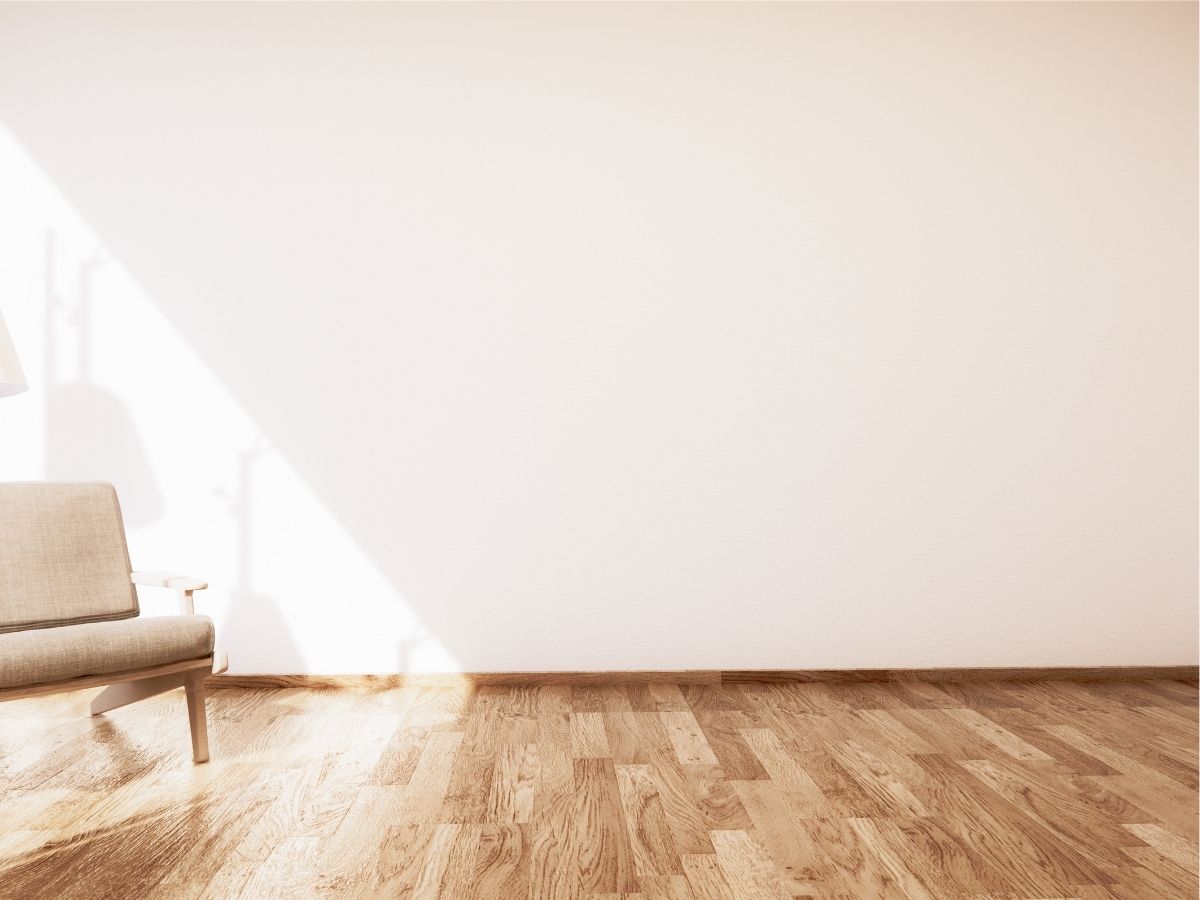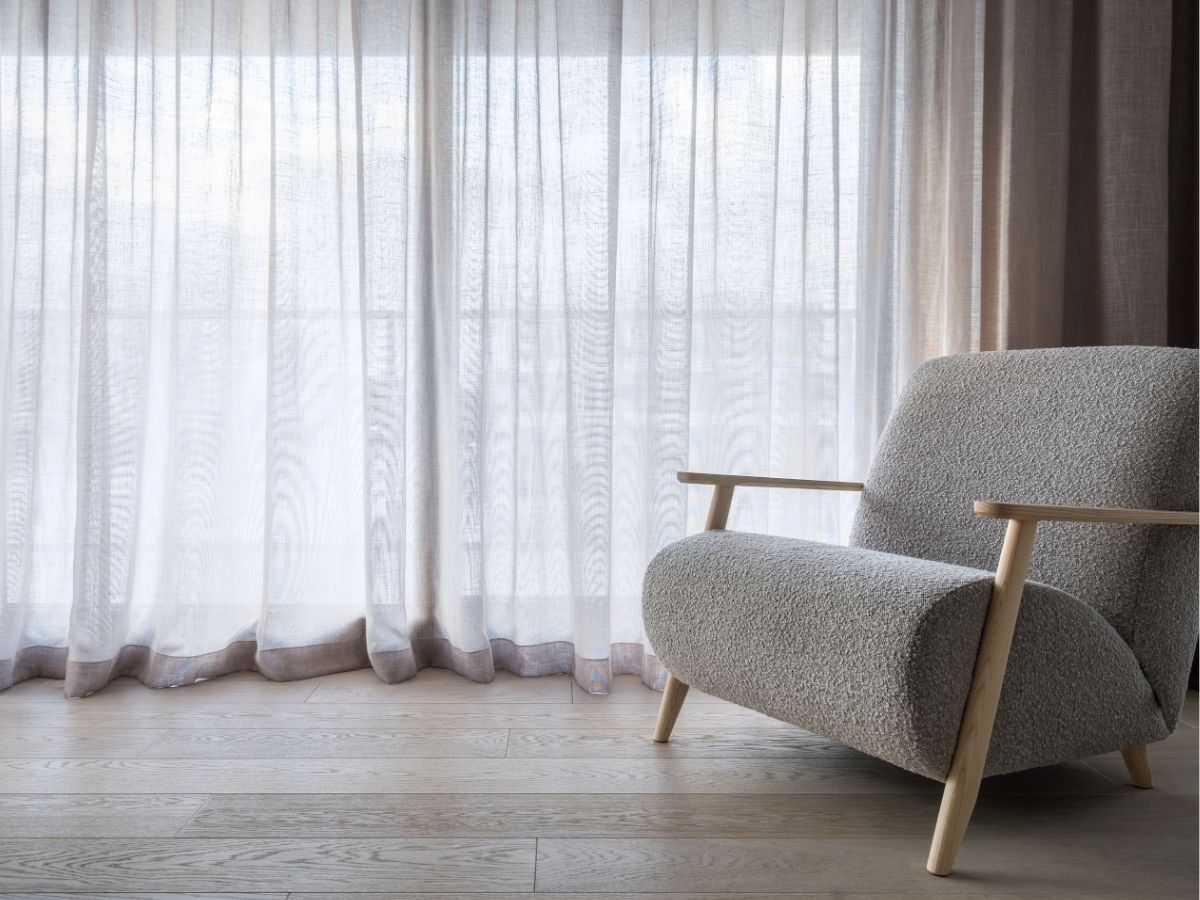Hardwood floors bring undeniable warmth and elegance to any living space. However, with time and wear, they can lose their shine and become dull. Hardwood floor sanding is an effective way to restore their natural beauty and extend their lifespan. In this article, we’ll explore in detail how to do hardwood floor sanding quickly and efficiently, highlighting the different methods, the steps to follow, the mistakes to avoid, and the advantages and disadvantages of each method.
Hardwood floor sanding is an essential step in restoring the beauty and durability of aged floors. Whether you’re renovating an older home or refreshing the look of your living space, knowing how to do hardwood floor sanding quickly and efficiently is crucial to achieving optimal results.
Table of Contents

Steps for hardwood floor sanding
Hardwood floor sanding usually involves several essential steps:
- Surface preparation: Before beginning sanding, it’s important to thoroughly clean the floor surface to remove dirt, dust and residues. Be sure to remove all furniture and objects from the room.
- Choice of sanding paper: Select the right grain of sanding paper to suit the condition of the floor. Start with a coarse grain to remove imperfections and old finishes, then gradually move on to a finer grain to smooth the surface.
- Sanding: Use a floor sander to evenly sand the floor surface. Make sure you follow a regular sanding pattern and don’t stay in one place for too long to avoid uneven marks.
- Finishing: Once sanding is complete, clean the surface thoroughly to remove all traces of dust. Then apply the finish of your choice, such as stain, varnish or oil, to protect and beautify the floor.

Hardwood floor sanding methods
There are several methods for hardwood floor sanding, each with its own advantages and disadvantages:
Traditional method
The traditional method for hardwood floor sanding involves using a drum sander or belt sander to sand the floor surface.
Advantages :
- Precise control: With the traditional method, sanding professionals have precise control over the pressure and movement of the sander, enabling them to achieve uniform, high-quality results.
- Versatility: The traditional method can be used on a variety of wood floor types, including solid hardwood, parquet and engineered floors.
- Efficient removal of imperfections: This method effectively removes imperfections, stains and old floor finishes, leaving a smooth, even surface ready for finishing.
- Lower initial cost: In some cases, the initial cost of the traditional method can be lower than that of alternative methods, making it an attractive option for some homeowners.
Disadvantages :
- Dust generation: The traditional method of sanding hardwood floors generates a large amount of dust, which can cause significant inconvenience in terms of cleaning and dust management in the work environment.
- Additional clean-up time: Due to the dust generated, the traditional method often requires additional clean-up time to eliminate residual dust after sandblasting, which can extend project duration.
- Risk of over-sanding: Due to the manual control required, there is a risk of over-sanding with the traditional method, which can lead to excessive material loss and floor damage.
- Environmental impact: The large amount of dust generated by the traditional method can have a negative impact on the indoor and outdoor environment, as well as on the health of people present in the blasting area.
Dust-free sandblasting
Dust-free blasting uses special equipment equipped with dust collection systems to minimize the dispersion of dust in the air. The floor sander with dust collection system is the main tool used for sanding wood floors. For dust-free sanding, the sander is equipped with an integrated dust collection system that sucks up dust during the sanding process, preventing it from becoming airborne.
Advantages :
- Cleanliness: One of the main advantages of the dust-free method is that it considerably reduces the amount of dust generated during the blasting process. This makes the working environment cleaner and safer for workers and home occupants alike.
- Comfort: By reducing dust in the air, the dust-free method provides a more comfortable working environment for sanding professionals and home occupants alike. There’s no need to clean up dust after sanding, which saves time and hassle.
- Time savings: The dust-free method can be faster than the traditional method, as it eliminates the need to clean up dust after blasting. This reduces the time needed to complete the project and minimizes interruptions around the house.
- Health protection: By reducing exposure to wood dust, the dust-free method helps protect the health of workers and home occupants. This can reduce the risk of respiratory problems and allergies associated with inhaling wood dust.
Disadvantages :
- Higher initial cost: The dust-free method can be more expensive than the traditional method, due to the use of specialized equipment and advanced dust removal technologies. However, the time savings and health benefits can offset this additional cost.
- Technical limitations: Although the dust-free method is effective in reducing dust during sandblasting, it may not be as aggressive as the traditional method. This can limit its ability to remove deep imperfections and stubborn stains on the floor.
Dry sandblasting
Dry sanding uses special abrasives to sand the surface of the floor without generating dust.
Advantages :
- No liquids: As the name suggests, the dry blasting method uses no water or liquids during the blasting process. This eliminates the risk of wood warping and allows the floor to dry more quickly after sanding.
- No drying time: Since no liquids are used, no drying time is required after dry blasting. This reduces the time needed to complete the project and minimizes interruptions to the home.
- Less risk of damage: Due to the absence of liquid, there’s less risk of wood damage, such as warping or fibre uplift. This guarantees more uniform results and prevents potential long-term problems.
- Less dust: Although dry sandblasting can generate dust, it generally generates less than the traditional method. This makes the working environment cleaner and safer for workers and home occupants alike.
Disadvantages :
- Less aggressive: The dry sanding method can be less aggressive than the traditional method, which may limit its effectiveness in removing deep imperfections and stubborn stains on the floor.
- Finish limitations: Since no liquids are used during dry blasting, there may be limitations in terms of the types of finish that can be applied after blasting. Some types of finish may require a slightly damp surface for optimum adhesion.
- Specialized equipment required: To implement the dry blasting method, it is often necessary to use special abrasives designed for dry blasting. This may require additional equipment and supplies, which can increase costs.
- Risk of over-sanding: As with any sanding method, there is a risk of over-sanding with the dry method, which can lead to excessive material loss and floor damage.
Mistakes to avoid when you do hardwood floor sanding
When sanding a hardwood floor, it’s crucial to avoid certain mistakes that could compromise the final result and damage the floor. Here are the main mistakes to avoid when sanding a hardwood floor:
- Ignore surface preparation: Proper surface preparation is essential for successful sandblasting. This includes thorough cleaning of the floor to remove any dirt, dust, wax or residue from previous finishes.
- Sanding: Excessive sanding can weaken the wood and lead to excessive material loss. It is important to follow the floor sander manufacturer’s recommendations and sand evenly to avoid this problem.
- Using the wrong grit of abrasive paper: Choosing the right grit of abrasive paper is crucial to achieving optimum results. Using too coarse a grain can damage the wood, while too fine a grain may not remove imperfections sufficiently. It is recommended to start with a coarser grain and gradually move to a finer grain as required.
- Do not follow a regular sanding pattern: It is important to follow a regular, uniform sanding pattern to avoid uneven marks on the floor. Avoid staying too long in one place to avoid depressions and over-sanding.
- Skipping finishing steps: After sanding, it’s essential to apply a protective finish, such as varnish, oil or stain, to protect the wood and give it a finished look. Ignoring this step may lead to premature deterioration of the floor.
- Do not protect adjacent areas: It is essential to take care to protect surrounding areas during the blasting process. Be sure to protect adjacent walls, doors and furniture from potential damage by using tape and appropriate protective covers to prevent scratches and marks.
- Underestimating the importance of safety: Sanding hardwood floors can be dangerous if proper safety precautions are not taken. Be sure to wear personal protective equipment, such as safety goggles, a respirator and gloves, to protect against the risk of injury and dust inhalation.
By avoiding these common mistakes, you can ensure optimal results when sanding hardwood floors. If you’re not sure how to proceed, it’s advisable to call in a hardwood floor sanding professional to guarantee a quality, error-free job.

Consult an expert to help you with your hardwood floor sanding job
Hardwood floor sanding is a key step in bringing your worn floors back to life. To do the work yourself, choose a sanding method that suits your needs. However, if you’re not comfortable doing the work yourself, we’re here to help.
For a free estimate and to find out how we can help you sand your hardwood floor quickly and efficiently, contact us today! Request a free quote.
For more information on floor sanding, please consult the following articles:
Montreal South Shore: Floor sanding experts available in over 20 cities
Simple 6-step method for sanding hardwood floors
Simple 3-step price estimate for hardwood floor sanding
Frequently asked questions
-
What’s the difference between floor sanding and floor polishing?
Floor sanding involves sanding the floor surface to remove imperfections, stains and old finishes, while floor polishing involves applying a new coat of finish to protect and beautify the floor.
-
How often can I sand my hardwood floor?
The frequency with which you can sand your hardwood floor depends on the thickness of the wood and the condition of the floor. In general, we recommend sanding a hardwood floor about every 10 to 15 years.
-
Is it possible to sand a damaged hardwood floor?
Yes, it is often possible to sandblast a damaged hardwood floor to restore its appearance and durability. However, the severity of the damage will determine the feasibility of sandblasting and the final results.






0 Comments